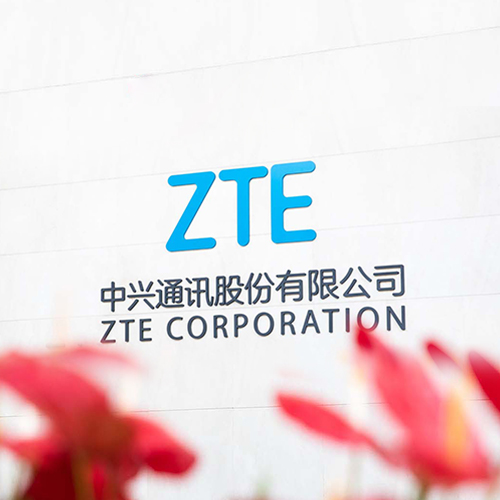29 August 2016, Shenzhen, China – ZTE Corporation (0763.HK / 000063.SZ), a major international provider of telecommunications, enterprise and consumer technology solutions for the Mobile Internet, today announced the successful completion of phase-1 tests of key 5G wireless technologies as part of China's 5G testing.
During the tests, ZTE took the lead in verifying key 5G high and low frequency technologies, and passed all tests of multiple key air interface technologies, including high-frequency communications, multi-user shared access (MUSA), new waveforms, and massive multiple-input multiple-output (MIMO). ZTE also verified its unique tagging technologies, highlighting its existing expertise in research and development (R&D) as well as its strength in the 5G field.
China's 5G testing is the world's first 5G test guided and planned by the government, led by the Ministry of Industry and Information Technology (MIIT), and implemented by China's IMT-2020 (5G) promotion group. The overall testing is divided into two phases: technology R&D tests from 2016 to 2018, and product R&D tests from 2018 to 2020. The technology R&D testing can be further divided into three phases: key technology verification, technical solution verification, and system verification. China's 5G test involves comprehensive research and demonstration of key 5G technologies, and promotes the standardisation of competitive solutions, to accelerate the industrialisation process and achieve the goals of commercial 5G use in 2020.
High-frequency communication is one of the key 5G technologies. ZTE is the first vendor to complete high-frequency tests both in indoor and outdoor coverage scenarios, and is also the first vendor performing 5G high-frequency field tests as well as mobile beam tracking field tests. Test results showed that ZTE's high-frequency prototype performed well in various indoor and outdoor line of sight (LOS) and non-LOS scenarios, with the single-user peak rate reaching Gbps level. In addition, this prototype supports automatic beam capture and beam tracking, as well as adaptive beam switching depending on channel quality, indicating ZTE's industry-leading position in high-frequency prototyping technologies.
ZTE successfully passed all key air interface technology test requirements. By introducing short spreading codes into the complex field, the MUSA technology proposed by ZTE is the industry's only multi-access solution allowing for grant-free transmission and high overload, which is of great significance for future high-capacity 5G internet of things (IoT) scenarios. Test results showed that, compared with long term evolution (LTE), MUSA supports random escape under 300 percent overload conditions in uplink grant-free transmission tests, achieving strong and stable performance indicators. In terms of new waveforms, the FB-orthogonal frequency-division multiplexing (FB-OFDM) technology fully utilises scattered narrowband resources to meet the needs of different types of services for, lowers requirements for time domain and frequency domain synchronisation, and allows for low-cost terminal access. The interference power of the FB-OFDM for adjacent bands is significantly lower than that of the CP-OFDM.
Massive MIMO technology uses the innovative concepts of pilot beam and adaptive codebook feedback, achieving a spectral efficiency four to six times higher than traditional macro base stations.
Bo Gang, ZTE's general manager of 5G products, said, "As a global pioneer in the 5G field, ZTE has been conducting comprehensive research and investing heavily in core key 5G technologies. In full support of China's 5G strategies, ZTE spares no efforts to promote the research of 5G technologies as well as industrial development, aiming to become one of the first suppliers of commercial 5G equipment, and laying a solid foundation for the commercial launch of 5G in 2020."
